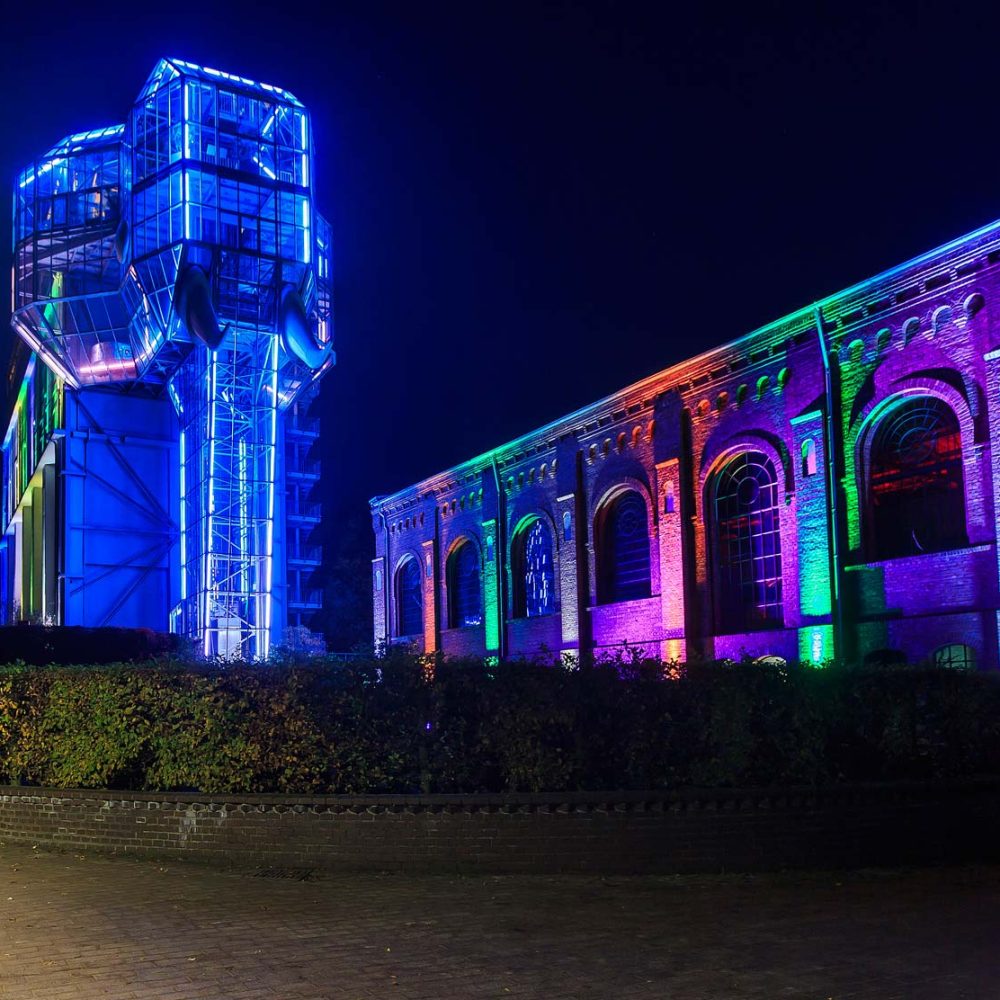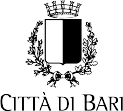Maxipark
History of the site
The Maximilianpark in the Werries district is located on the site of the former Maximilian Colliery. In 1902 the site was developed into a coal mine. Due to numerous difficulties (water ingress), however, regular coal mining did not begin until 1912, the year in which 600 miners brought around 16,000 tonnes of coal to the surface.
By 1913, the mine was producing six times that amount with a triple occupancy rate. Just two years later, however, a catastrophic incident caused by a particularly severe water inrush prevents further coal mining activities. As a result, the colliery had to be abandoned. Further attempts to restore the colliery to working order were unsuccessful.
The end came in 1943, during WWII, when the land and buildings were left to their own devices. The buildings of the former colliery rotted, and nature reclaimed the area. A distinctive vegetation and a retreat for animals and plants developed.
Banquet Hall in Maxipark
Memories of the former Maximilian colliery
Previous
Next
Walking trails in Maxipark
The little elephant, landmark of the city of Hamm
Garden inside the glass elephant
Previous
Next
Citizen participation in structural change
During the planning of the park, so-called “citizens’ walks” took place, during which citizens could address local politicians with their concerns and wishes.
Today, an urban development concept for the area around Maximilianpark and the Werries district centre is being planned. In the course of this new project, district walks were again held in order to find out about the concerns and wishes of the citizens. The plans are currently on public display at the Uentrop Citizens’ Advice Bureau.
Structural change of the location
The Maximilianpark describes itself as the first renaturalised colliery site in Germany (“From colliery to park”) and one of the most important industrial monuments in the (eastern) Ruhr area. After the colliery shafts were closed and filled in 1978, the city of Hamm applied to host the first state garden show in North Rhine-Westphalia to make the disused colliery site usable again. After the successful application and the awarding of the State Garden Show to Hamm, it took place from 14th April to 30th September 1984 after a construction period of 30 months. Today the area has a size of 22 hectares and a path length of 6 kilometres.
Since the State Garden Show was held, the park has continued to exist as “Maximilianpark Hamm GmbH”. The park symbolises the successful transformation from an industrial to a leisure area. It is a very popular (local) recreational destination for around 350,000 visitors from Hamm and the region every year. The 40-metre-high glass elephant in the former coal washing plant, which is a walk-in sculpture, has become a landmark of the city of Hamm and a symbol of structural change in the region. The area offers a large and colourful park and flower landscape and many interesting attractions, such as a slag heap area with gardens and walking paths, large and numerous play areas for children, a large tropical butterfly house as well as a green classroom as a place of learning about nature. →


→ In the former colliery buildings such as the Waschkaue and the Elektrozentrale, a varied cultural and entertainment programme with more than 200 events takes place throughout the year. These include, for example, concerts, (art) exhibitions, theatre and cabaret, as well as events about nature and around 1500 years of city and regional history. In addition, five seasonal markets take place in the park. The former colliery buildings and other relics from the mining era are reminders of the park’s mining history and are witnesses to important colliery architecture that has been reclaimed by nature.
At the moment, planning is underway for a connecting centre development called “Green Environmental Axis Werries”. The idea of the project is to create an attractive and clearly recognisable pathway and open space connection (“connecting axis”) on an area of approx. 14.6 hectares between the Datteln-Hamm Canal and Maximilianpark, which will bring about a sustainable and qualitative upgrading of the urban district centre. This is also to be done with a view to the International Horticultural Exhibition (IGA) 2027, so that green spaces, environmentally friendly mobility and priority for pedestrians and cyclists play a major role.
FOCUS
Interview with Damian Chatha, Chief of Staff of the City of Hamm.
Which places were chosen for the project and how were they transformed?
The Maxipark, the Lippepark and the CreativRevier Heinrich Robert have been chosen for the “Urban Visions” project. Three colliery sites were chosen because Hamm was a colliery town until 2010. The Maxipark is now a nationally known leisure park, the Lippepark stretches like a “green lung” through several city districts and the CreativRevier will be the new starting point for work and culture in Hamm. Hamm’s future is now being created where the colliery sites used to be.
The 40 metre high glass elephant in the former coal washing plant









